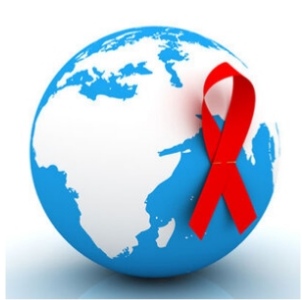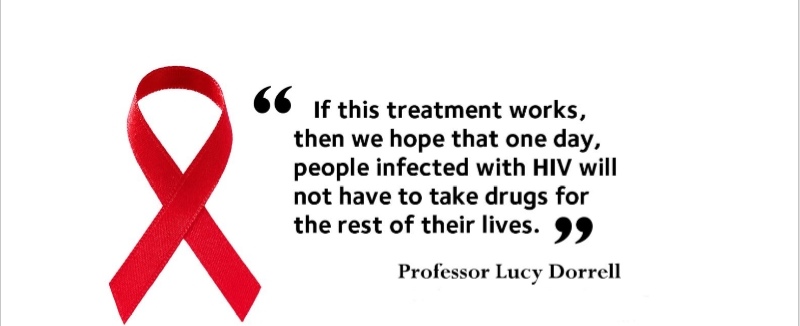HIV/AIDS: The World Fights Back.
3 min read
From the early 80s when the Human Immunodeficiency virus (HIV) was discovered, a big blow has been dealt to humanity by the virus from all corners of the world. From the United States of America, to Europe, Arab world to Caribbean, the story is the same. Africa as a struggling continent seems to be the worst hit. Medical scientists and pharmaceutical researchers as well as immunologists have been trying their best in search of a global lasting solution. From available data, since the first case of the virus was discovered in the early 80s, a total of 79.3 million persons have been infected globally and about 36.3 million persons have been recorded dead. On the data of those living with the virus, the figure is put at 37.7 million globally. All these figures are recorded at the end of 2020. In addition to these figures, many children have been orphaned and several economic activities affected drastically.

It is not always a bad news on the issue of HIV/AIDS, some landmark achievements have also been made on how to fight back the monster! According to some 2021 documents Umuaka Times obtained from the Ministry of Health, Wellness and New Health Investment here in Dominica, there is an estimated 16.5 million deaths related to HIV/AIDS that have been averted through the progress made by medical science, while 680,000 deaths were recorded in 2020 globally. This shows a 58 percent decline from 2001 to 2020. Medically, the use of combination pills has been seriously helpful and described as being highly effective in the management of the virus. Many countries across Asia and Africa totally rely on combination pills which simply means multiple pills contained in one pill. With this method, many who had never been treated before of HIV related cases can now freely access treatment at several health centres.

On the real situation of HIV/AIDS today in the world, it is recorded that 38 million persons live with the virus. In many rural populations in underdeveloped countries, it is a well known fact that “many people living with HIV or at risk of HIV infection do not have access to prevention, treatment, and care, and there is still no cure.” As this dull continues, there is also the sad news of new infections. In 2020 for instance, 1.5 million persons acquired the virus the world over. This figure represents a decline of 31 percent in new infections in 2010.
Testing is key towards the treatment and management of HIV crisis. Many persons have refused to undergo testing while others have done so and benefited from the treatment. This is in view of those whose results are positive. From 2020 statistics, about 84 percent of HIV positive persons know their status, while 6.0 million persons which constitutes 16 percent are in dare need of access to establish their status in Africa and Asia. In order to halt the spread of HIV globally, more rural communities especially in Asia and Africa need more testing centres.
From the same document Umuaka Times obtained, it was reported that as at June 2020, “28.2 million people with HIV (75%) were accessing antiretroviral therapy (ART) globally. That means 9.5 million people are still waiting. HIV treatment access is key to the global effort to end AIDS as a public health threat. People with HIV who are aware of their status, take ART as prescribed, and get and keep an undetectable viral load can live long, healthy lives and have effectively no risk of sexually transmitting HIV to their HIV-negative partners.”
Another crisis area about HIV/AIDS concerns women and girls. It s estimated that on weekly basis, about 5,000 women ranging from 15–24 years globally acquire HIV. In the areas like sub-Saharan Africa, women and girls were accountable for 63% of all new HIV infections in 2020.
Another document Umuaka Times obtained, explains thus. “Regional Impact—The vast majority of people with HIV are in low- and middle-income countries. In 2020, there were 20.6 million people with HIV (55%) in eastern and southern Africa, 5.7 million (15%) in Asia and the Pacific, 4.7 million (13%) in western and central Africa, and 2.2 million (6%) in Western and Central Europe and North America.”
Finally, the progress made so far in the treatment and management of HIV/AIDS globally is amazing. Governments, NGOs and donor agencies have really done their best and their best is really good enough but the fact remains that the world needs more efforts to move on.
Chiamaka Prisca Akorjuru Ferdinald is the Umuaka Times correspondent in Dominica.





